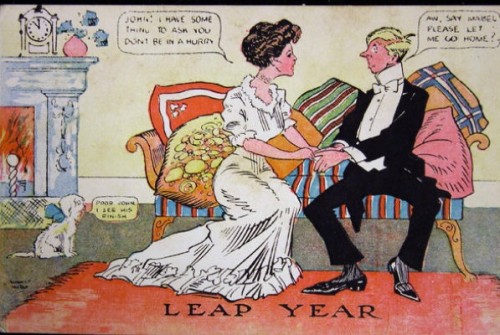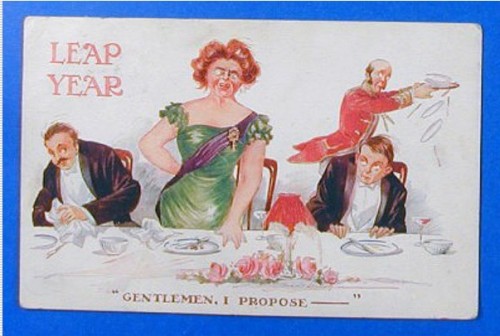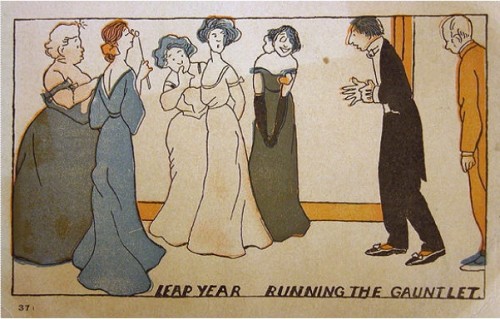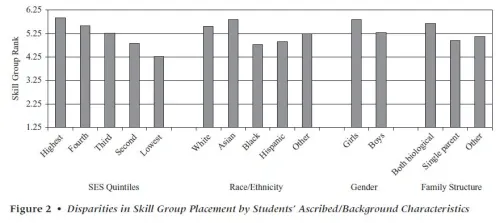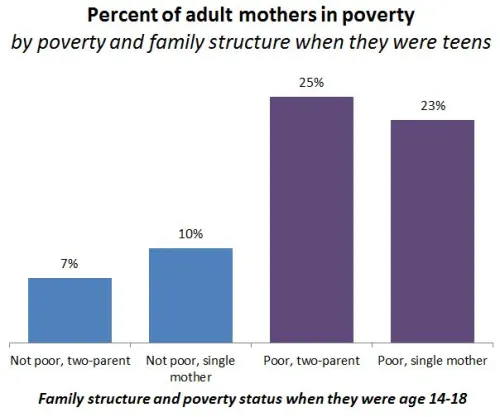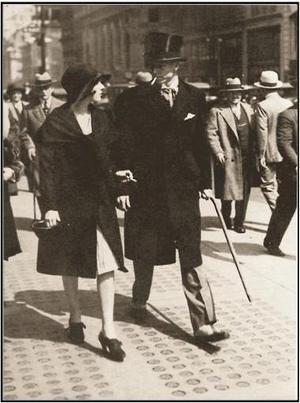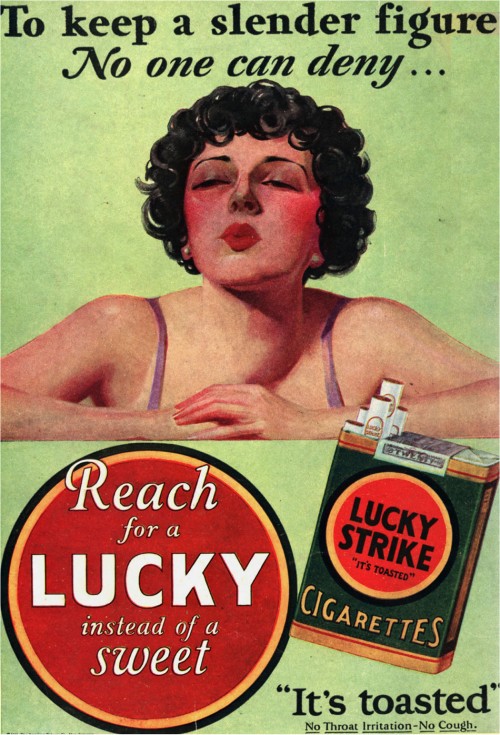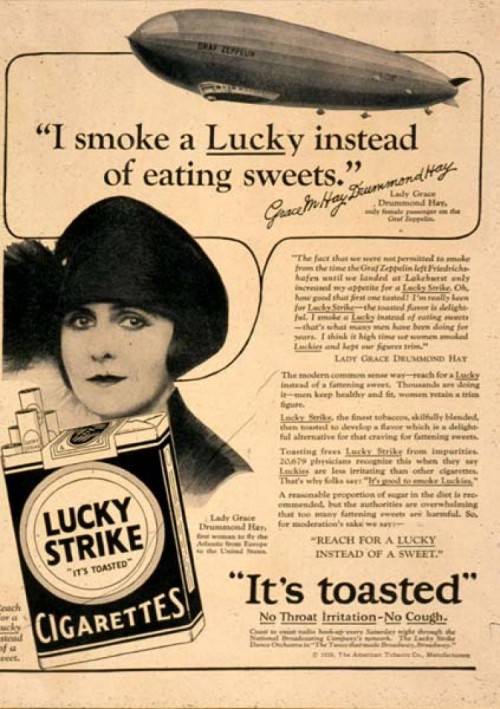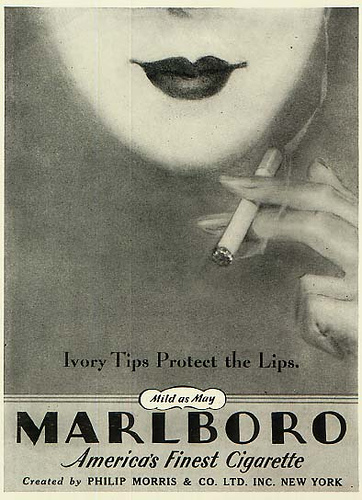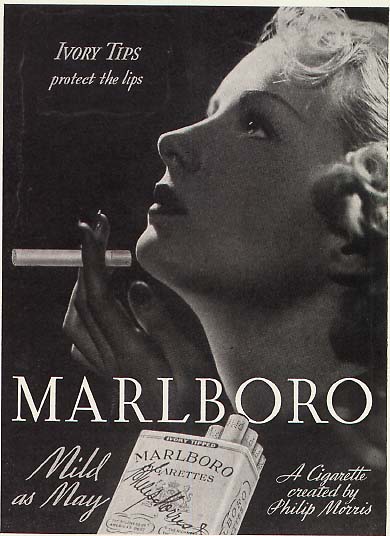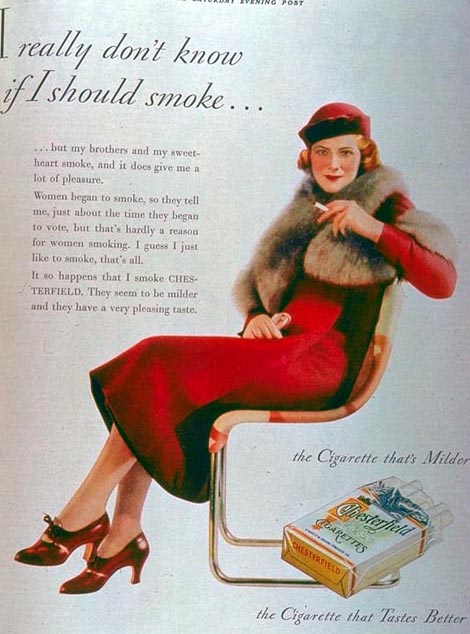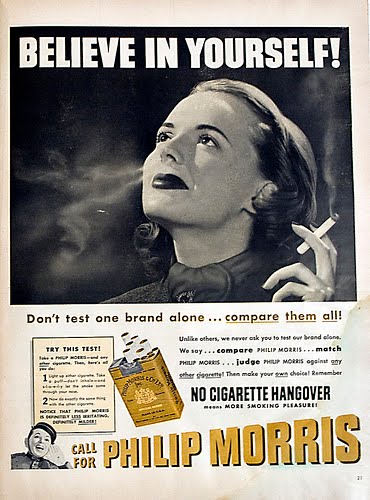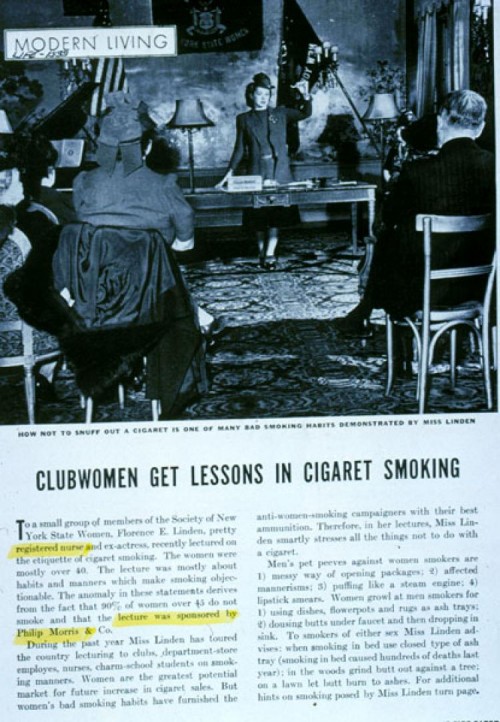Los Angeles SocImages Meet Up this Sunday!
Gwen Sharp, Caroline Heldman, and I will be at The Escondite (downtown L.A.) on Sunday, March 4th starting at 6pm. All ages. Food and drink. Great company guaranteed.
Please RSVP to socimages@thesocietypages.org. Thanks to Dolores R. for picking the place! And, yes, she’ll be there too!
SocImages News:
Sociological Images has been awarded a Public Sociology Award from the Sociology Research Institute at the University of Minnesota! Thanks so much to our nominators, the professors who support us, and to our readers who make it all worthwhile!
I have a new paper out tracing 30 years of academic debate about female genital “mutilation” (full text). I try to tease out the constructive and destructive parts of the discussion, closing with some observations about how these lessons translate to other topics.
Ben Martin put together a nice interview, hoping to help advertise my talks at Harvard University later this semester. Meanwhile, Yale student Anya Grenier did a nice follow up piece to my visit there.
And, well shucks, Gwen Sharp and I are among the top 50 sociologists on Twitter.
Upcoming Lectures and Appearances:
Gwen and I will both be visiting the University of Minnesota to accept our award. That fun day will be Apr. 20th, during the annual Sociology Research Institute.
I’m also looking forward to giving talks at the University of Massachusetts, Amherst (Mar. 27), Boston University, (Mar. 27 and 28), Harvard (Mar. 26 and 28), Dartmouth (Mar. 29), and Indiana State University (Sept. 17-19). If you’re in town, I would love to meet you! Details here.
New Pinterest Boards:
I admit, I’m a little bit in love with our Pinterest page. New this month:
Best of February
Our hard-working intern, Norma Morella, collected the stuff ya’ll liked best from this month. Here’s what she found:
- Jay Livingston, Christian Privilege: Santorum Tries to Woo the Jews
- Lisa Wade, Defining Women’s Oppression: The Burka vs. the Bikini
- Dan Rose, The Economics of Disease Prevention and Treatment
- Celia Emmelhainz, The Rhetoric of Luck Among the 99%
- Gwen Sharp, Embodying Gender Differences
- Lisa Wade, Fox News Versus the Netherlands
Social Media ‘n’ Stuff:
Finally, this is your monthly reminder that SocImages is on Twitter, Facebook, Google+, and Pinterest. Gwen and I and most of the team are also on twitter:

